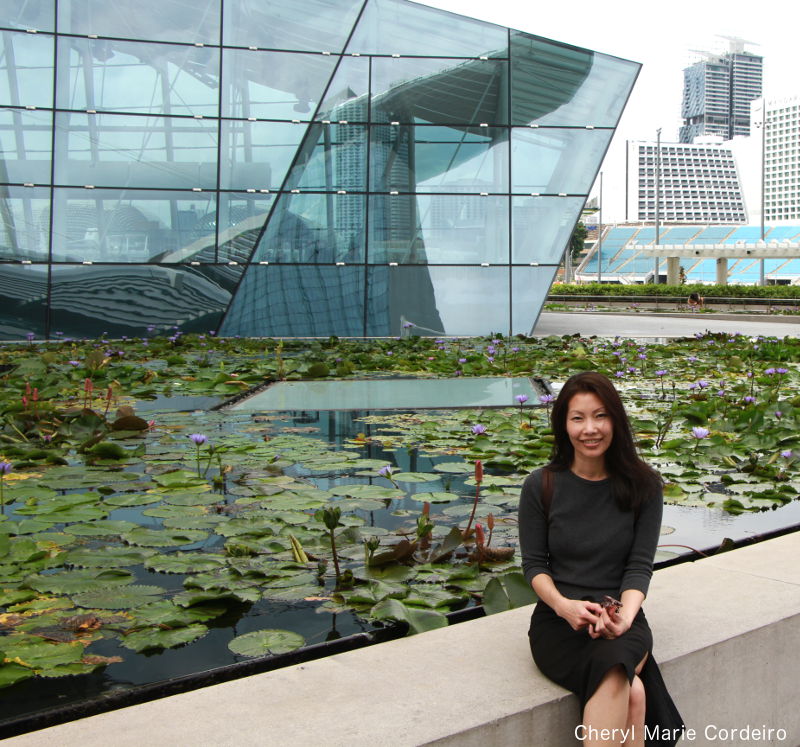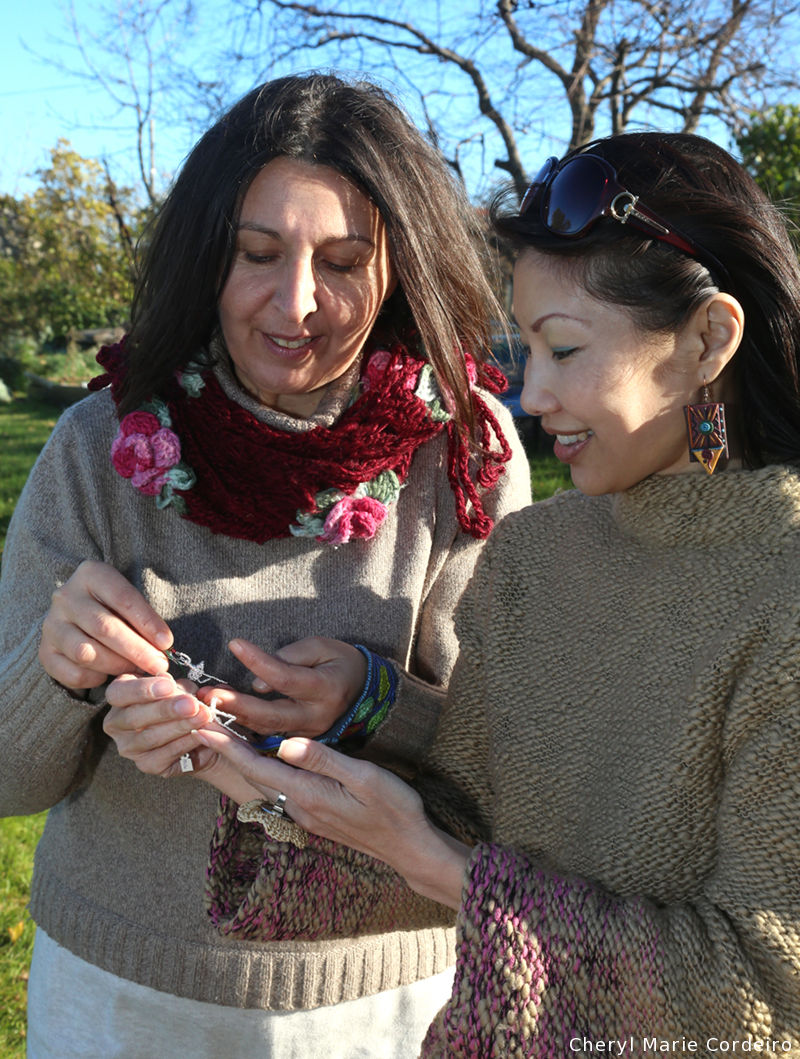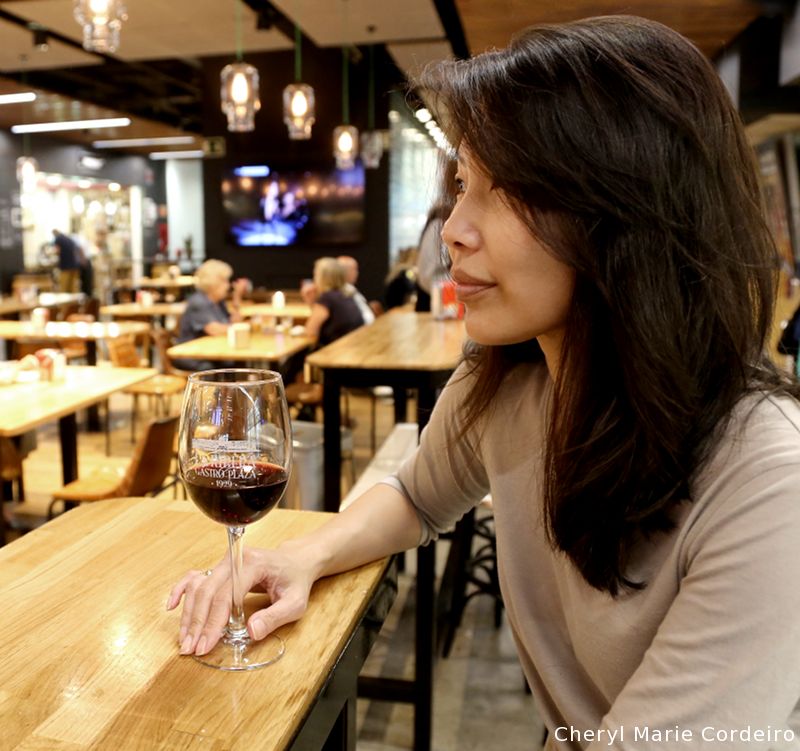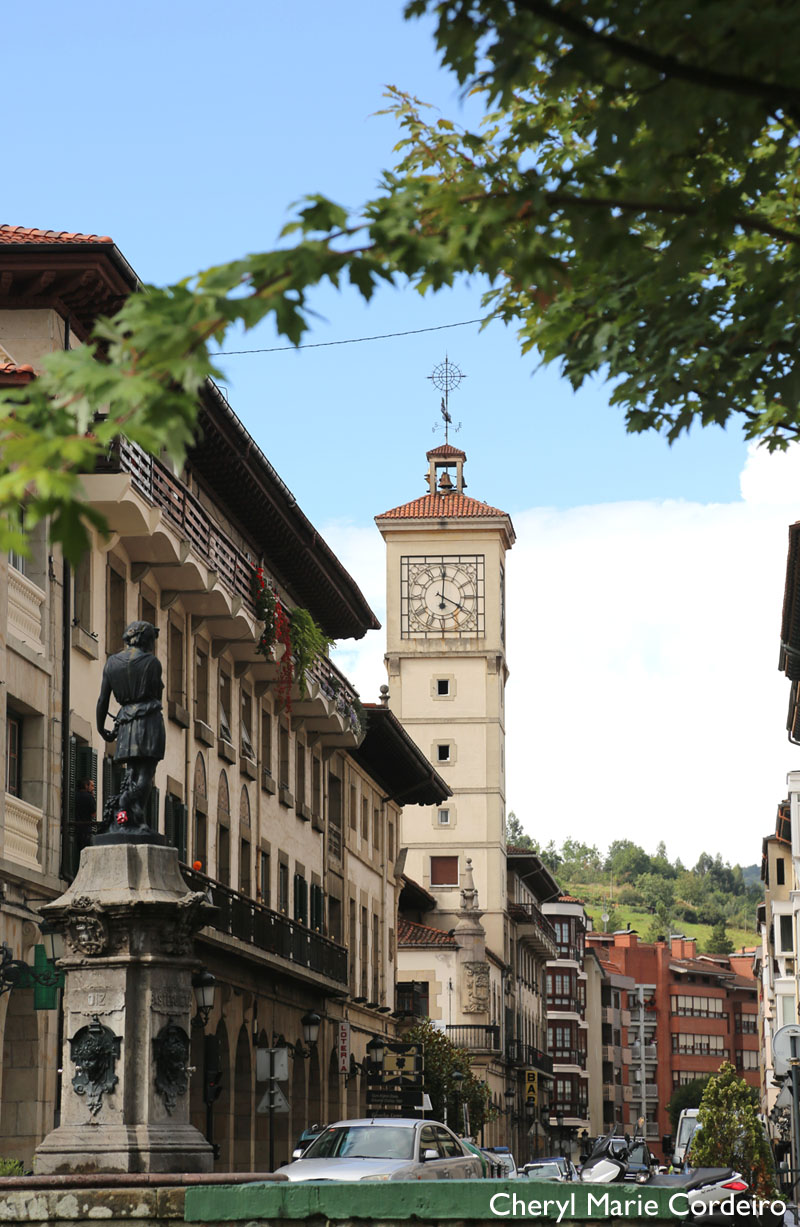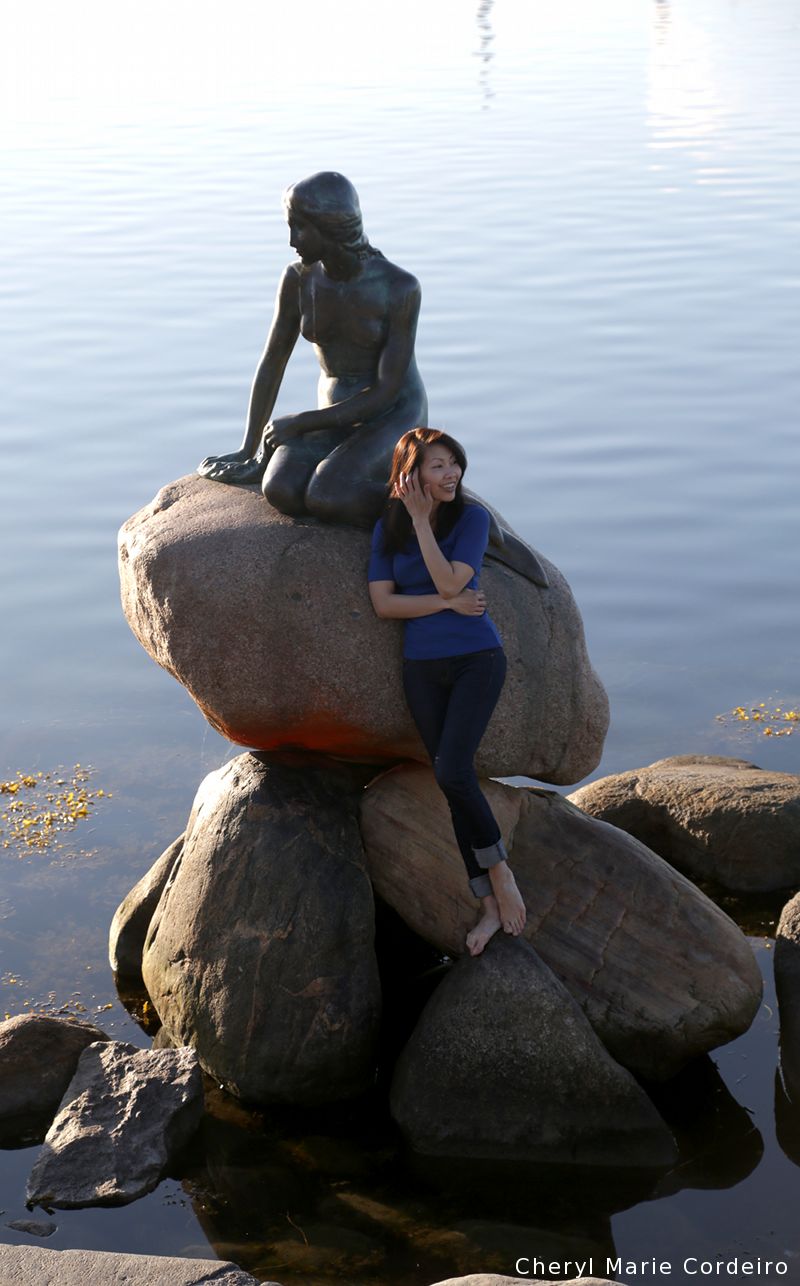By the lotus pond at the ArtScience Museum at Marina Bay Sands, Singapore.
Text & Photo © K Teng, JE Nilsson, CM Cordeiro 2017
I remember sitting across Marina Bayfront in 2010, looking-on at the huge lotus shaped building in construction in what was to be the ArtScience Museum (ASM) at Marina Bay Sands Singapore [1]. In this visit to Singapore, I found myself sitting right beside that very lotus shaped building by its lotus pond. The museum opened in 2011 and currently features 21 gallery spaces that showcases artworks that incorporate science and technology. As permanent installation, ASM has Future World, produced by teamLab, a Japanese founded interdisciplinary art collective headquartered in Tokyo. teamLab produces interactive digital installations exhibited globally, spanning countries from Europe to Asia-Pacific. They have permanent installations located in Japan, Singapore and Taiwan. Their permanent installations opened in Singapore at both the National Museum of Singapore and ASM in 2016. In Sep. 2018, their work Au-delà des limites will be on exhibit in Paris, France [2].
Continue reading “Future world in neon ArtScience Museum Singapore”
